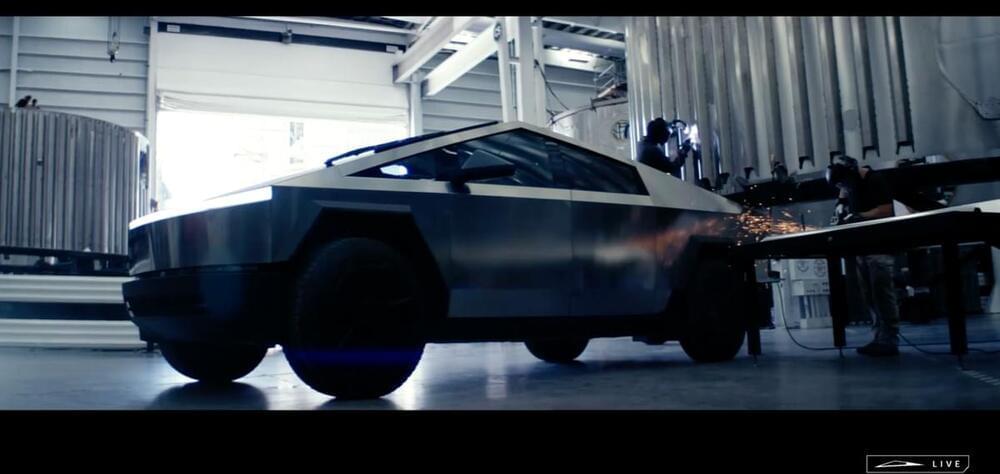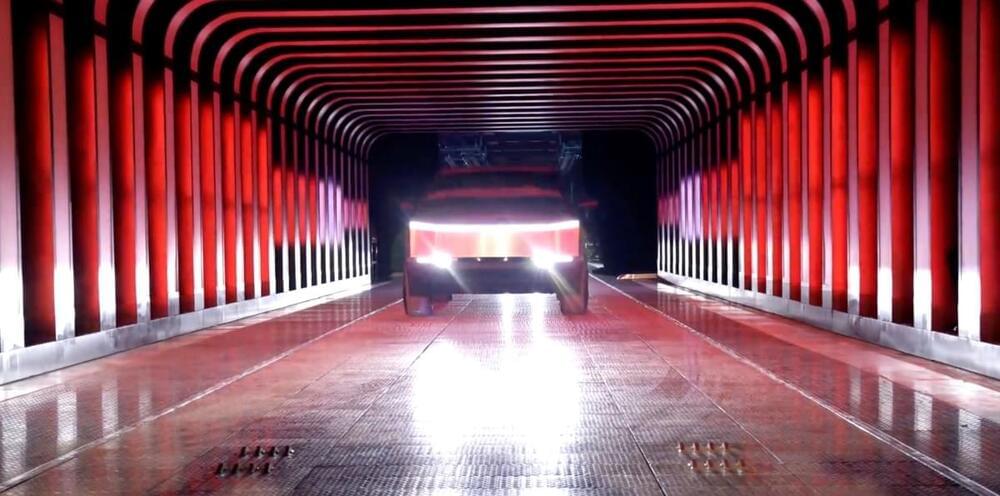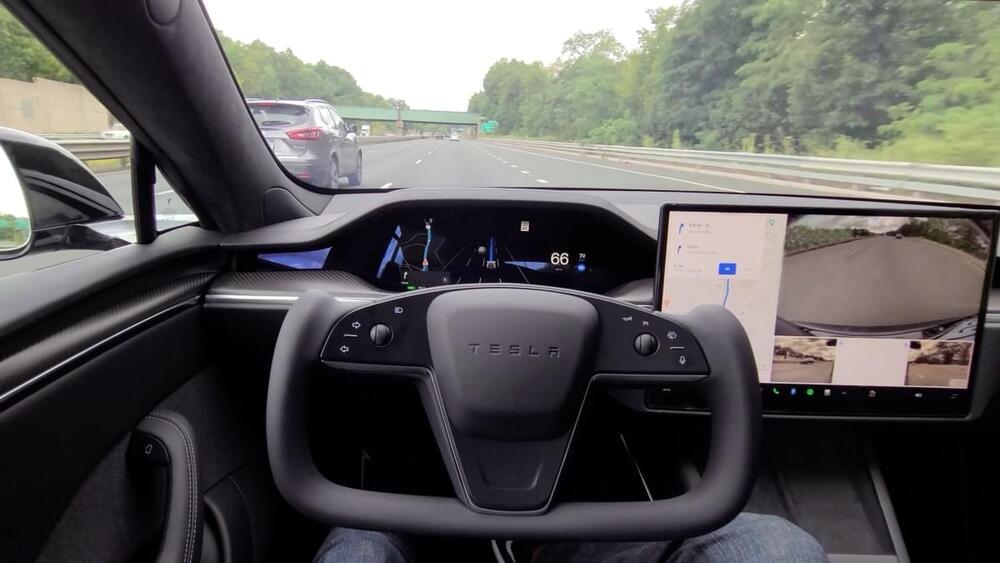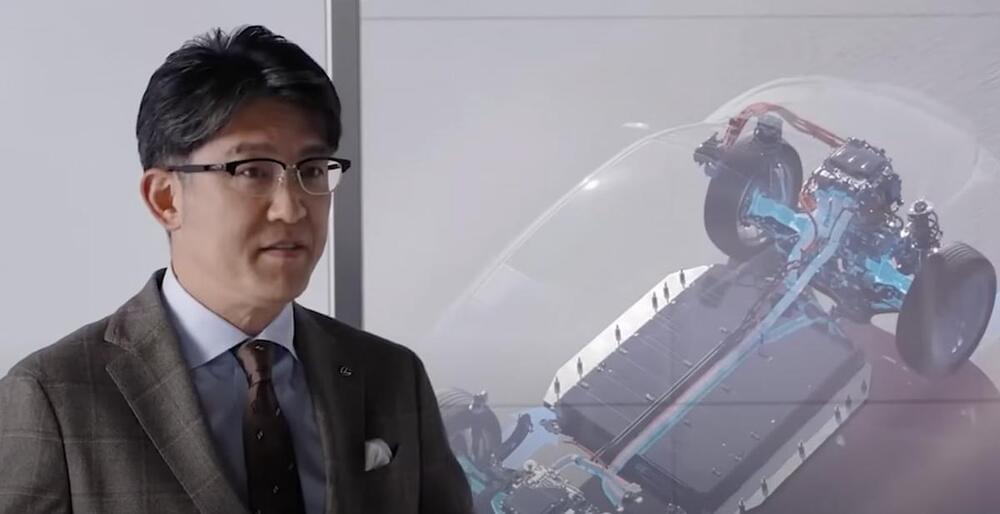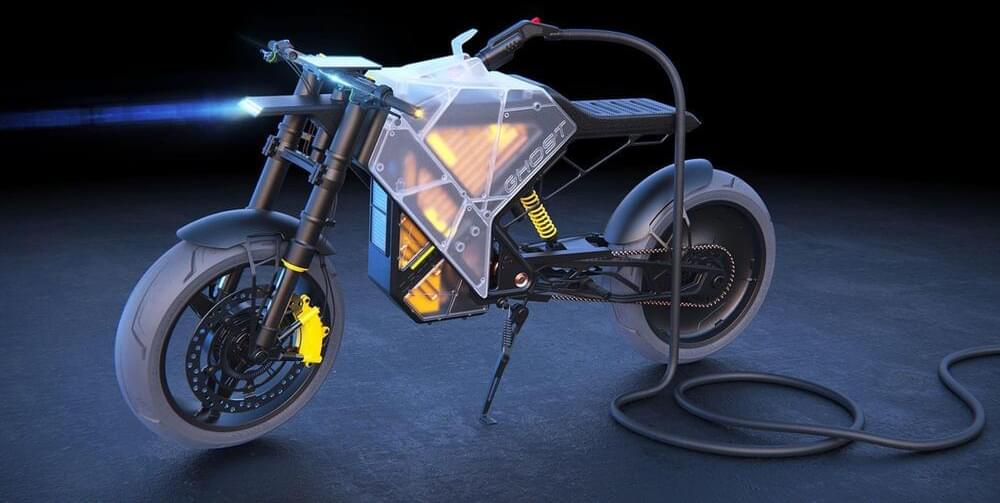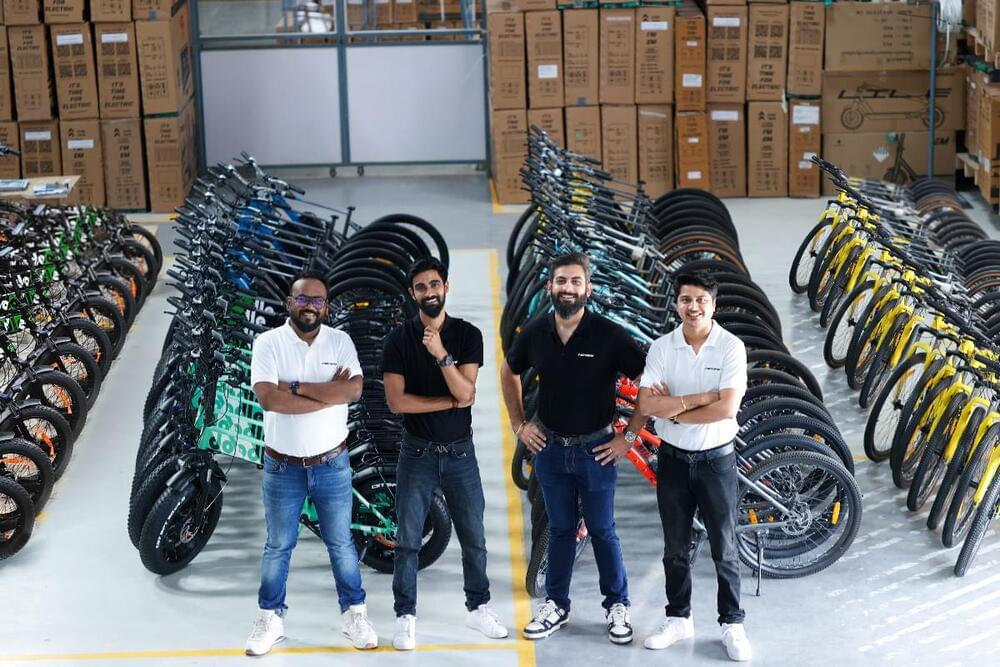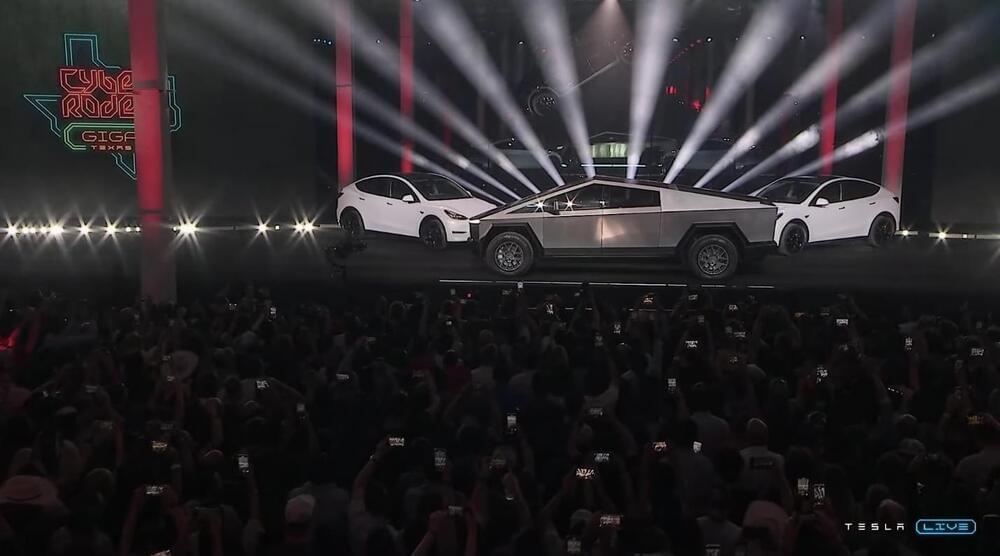Luxeed – a young, premium EV brand developed between Chery Automobile and Chinese tech giant Huawei, has shared new details of its flagship sedan, the S7. In a matter of months since first teasing the Tesla Model S competitor, followed by an influx of pre-orders, Chery and Huawei have now shared trim variants, pricing, and of course, range – which tops out at an impressive 855 km.
Luxeed is a new all-electric brand in China and when we say “new,” we mean we didn’t even know the official name of the joint effort between China’s Chery and Huawei until about four months ago.
In that time, we’ve seen Huawei tease its first model, learned its core specs from a regulatory filing in China, and saw the S7 sedan’s first unveiling three weeks ago, ahead of an official launch that took place today.

